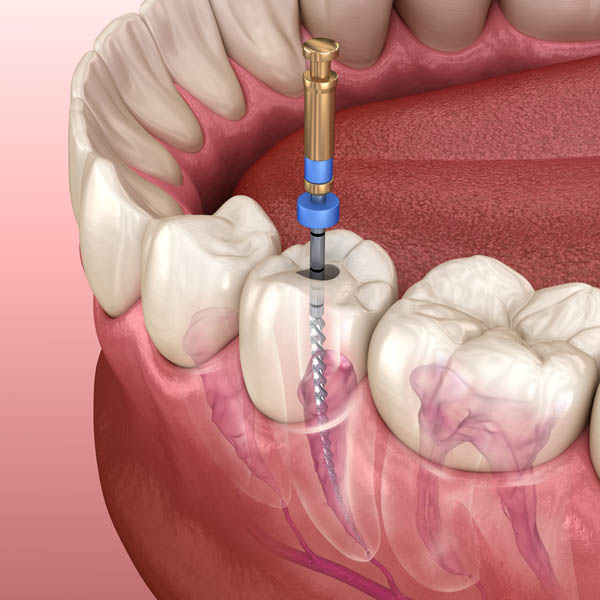At Keyes Family Dentistry, we perform both tooth extractions and root canals. While these procedures tend to create dread with many, the professionals at Keyes Family Dentistry strive to make either process as painless as possible.

There are other reasons why a tooth extraction may be needed other than to have wisdom teeth removed. Tooth decay, infection, and/or crowding can all require a tooth extraction. Those who get braces may need one or two teeth removed to provide room for their other teeth as they shift into place.
At Keyes Family Dentistry, tooth extraction is a relatively quick outpatient procedure with either local, general, intravenous anesthesia, or a combination. Before scheduling the procedure, we will take an X-ray of your tooth to the type of extraction needed.
Your tooth extraction will either be a simple procedure or surgical, depending on whether your tooth is visible or impacted. If you’re receiving general anesthesia, have someone with you to drive you home.
A root canal is performed in an effort to save a tooth. Root canals are performed when the soft inner part of a tooth, known as the pulp, is injured or becomes inflamed or infected. Removing infected pulp is the best way to preserve the structure of the tooth.
The most common symptoms of damaged pulp include pain in your tooth, and swelling and a sensation of heat in your gums. We will examine the painful tooth and take X-rays to confirm the diagnosis.
In prepping for the procedure, we will administer a local anesthetic. You’ll remain awake during the procedure, but the anesthetic will keep you from feeling any pain. When your tooth is numb, we will make a small opening in the top of the tooth. Once the infected or damaged pulp is exposed, we will carefully remove it using special tools called files.
Once the pulp has been removed and the pathways are clean, we coat the area with a topical antibiotic and fill the tooth with a sealer paste. We’ll end the procedure by filling the small opening in the top of the tooth with a soft, temporary material.
During a subsequent visit, the temporary filling will be replaced with a permanent filling or possibly a crown.

Call us today to schedule an appointment!

5240 Babcock St NE, Ste 205
Palm Bay, FL32905
Mon – Thu, 8 am – 5 pm
321-722-2193
Palm Bay
Malabar
Melbourne
West Melbourne
Valkaria – Grant
And South Brevard